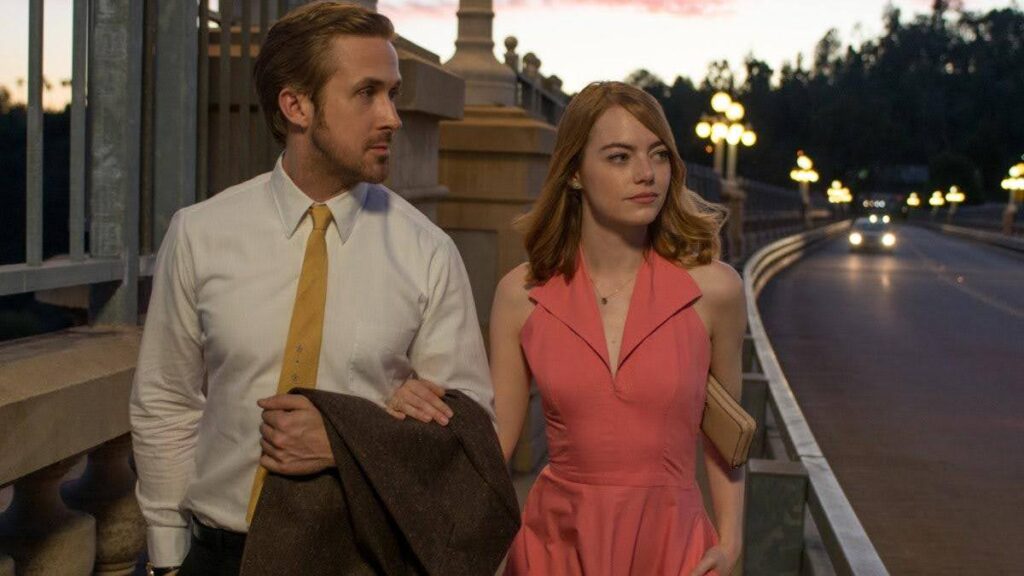
If you’re here, you are most likely wondering, “what is a medium shot?” and we’re going to answer that for you!
The power of a well-framed shot in cinematography and filmmaking cannot be overstated. Among the various shot types, the medium shot is a crucial one, balancing intimacy and context. It allows the audience to connect with the characters while still providing enough background detail to establish the setting.
From filmmakers to cinematographers to screenwriters, understanding the importance of and mastering the medium shot is essential to create visually engaging and emotionally resonant scenes.
In today’s blog, we’ll explore the essentials of what a medium shot is, when and how to use it effectively, and best practices for all the screenwriters out there in how you can integrate it effortlessly into your screenplay.
Table of Contents
- What is a Medium Shot?
- When to Use a Medium Shot in Your Film
- How to Frame the Perfect Medium Shot + Famous Medium Shot Examples in Film
- Medium Shots vs. other Camera Shots
- Best Practices for Writing Medium Shots into Your Script
What Is a Medium Shot?
A medium shot (MS) is a camera framing technique that typically frames a subject from the waist up, balancing body language with facial expressions.
It balances close-ups, which focus on facial expressions, with wide shots which emphasize the environment around the subject.
The overall purpose of the medium shot is to create a connection between the subject and the setting. However, there’s more! It also allows for detailed body language and facial expressions.
You’ll most commonly see medium shots in dialogue scenes, character introductions, and moments requiring a mixture of action and emotion.
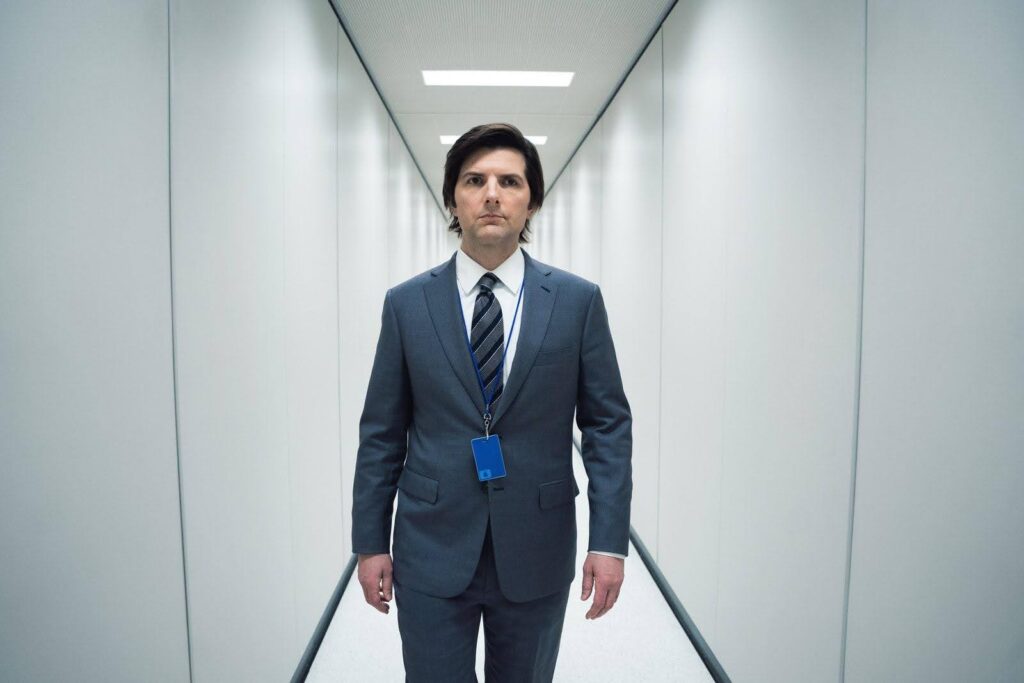
Related Celtx Reading: 6 Essential Camera Shots Every Screenwriter Should Know
When to Use a Medium Shot in Your Film
Medium shots are one of the most versatile shots used in film production.
Now we know more about their purpose, it’s time to see it in action with some help from some of the most famous movies out there.
Dialogue Scenes
As we’ve discussed, medium shots are frequently used in conversations to offer a balance between character and their surroundings.
Take the nothing short of iconic restaurant scene in The Godfather (1972) where medium shots are effectively used to capture the tension and nuance in Michael Corleone’s expressions. Check out this masterful scene:
Character Introductions
By introducing a character with a medium shot, filmmakers allow the audience to zoom in on their expressions, attire, and body language without losing vital contextual information. The Dark Knight (2005) introduces Harvey Dent using a medium shot. We see his charisma and confidence as well as the authoritative court room surroundings where he has a commanding presence:
Emotional Moments
Medium shots effectively capture emotions through facial expressions and gestures. Walter White’s internal conflict in Breaking Bad (2008-2013) was a huge part of the show, so medium shots are frequently employed to depict this.
The famous “You’re Heisenberg” scene uses medium shot to give us a close insight into Hank and Walter’s expressions in this super-charged emotional moment as Walter reveals he’s Heisenberg. This is juxtaposed with the context of very regular suburbia and Hank’s very ‘regular’ garage in very irregular circumstances:
Action Sequences
While close-ups focus on individual reactions and wide shots emphasize scale, medium shots allow for a balance of both which is ideal for high-stakes action sequences.
Mad Max: Fury Road (2015) utilizes medium shots during its high-paced action to keep the audience engaged without losing character focus. We see just how close the chase is, while maintaining our focus on those we’re rooting for as an audience.
Planning your next shot? Celtx has a full suite of tools than can help you map out every frame.
Click here to start your free trial
How to Frame the Perfect Medium Shot + Famous Medium Shot Examples in Film
When putting a medium shot together, it’s not a case of positioning the camera and hoping for the best. There are several compositional elements you should consider, and by compositional, we just mean what your camera sees, and then your audience.
Let’s run through five top considerations for crafting a killer medium shot:
1. Rule of Thirds
The basic principle of this rule divides the frame into nine equal parts using two horizontal and two vertical lines. The same guidelines are also used in photography.
Position key elements, such as the subject’s eyes, along these lines or at their intersections to help create a balanced and aesthetically pleasing composition.
This fantastic video from Offi Studios explains the Rule of Thirds brilliantly, and how it shapes cinematic composition.
2. Headroom and Lead Room
Headroom refers to the space between the top of the subject’s head and the frame edge, while lead room is the space in the direction they’re looking or moving.
Proper use of these concepts prevents the subject from feeling cramped and ensures a natural composition of the camera shot.
Look at this medium shot from Atonement (2007) composed by cinematographer Seamus McGarvey. Keira Knightley’s character, Cecelia is talking to another character. We can clearly see her facial expression; however, we can see the setting of the house around her. It’s comfortable for the eye which can then easily switch between her and the other character she’s having a conversation with.
The lead room is all on the left, following the direction of Cecelia’s eyeline.
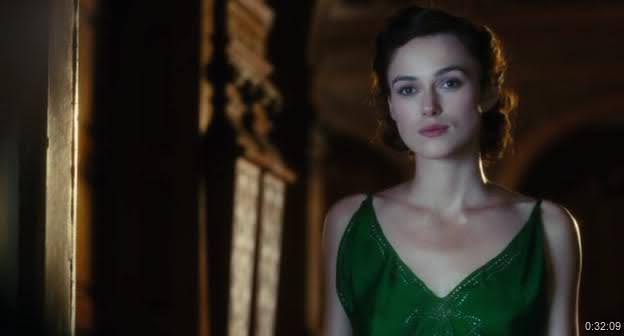
3. Depth and Background
Use background elements to add visual interest without distracting from the subject.
A shallow depth of field can help separate the subject from the background, while a well-designed set can enhance storytelling by providing context.
Take this camera shot from The Princess Diaries (2001) crafted by cinematographer Karl Walter Lindenlaub. Prior to Mia’s (Anne Hathaway) transformation, we see her in a very ‘normal’ teenage environment. Here, we can clearly see her as she has a discussion with her mother, but the background provides us with more context on who she is without being a distraction.
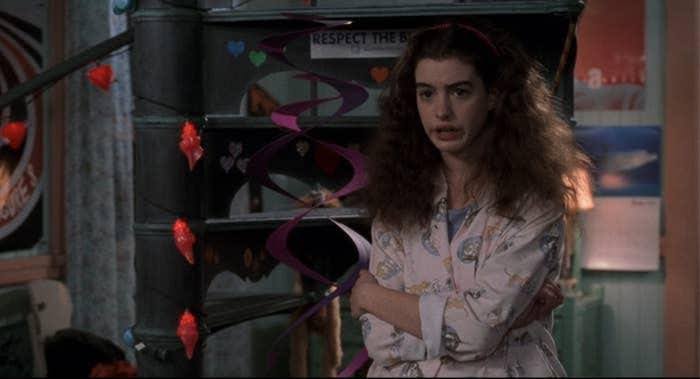
We see fairy lights adoring the stairs up to her loft bedroom, and an eclectic mix of posters on the walls. This is in stark contrast to the palatial environment she’ll get to know well later in the movie.
4. Camera Height and Angle
It’s important to note that not all medium shots are created the same, with height and angle making a dramatic difference to its tone.
Adjusting the camera’s height and angle influences the audience’s perception of the subject.
High Medium Shot
A slightly high angle can make a character appear vulnerable or weak, just like in this scene from Harry Potter and the Order of the Phoenix (2007) when the Dementors attack Harry (Daniel Radcliffe) and his cousin Dudley in an underpass.
Cinematographer Slawomir Idziak positioned the camera higher to show Harry’s vulnerability in this teeth-clenching moment, while also maintaining focus on facial expressions, body position and the context of the dank and dark surroundings, akin to a Dementor’s nature.
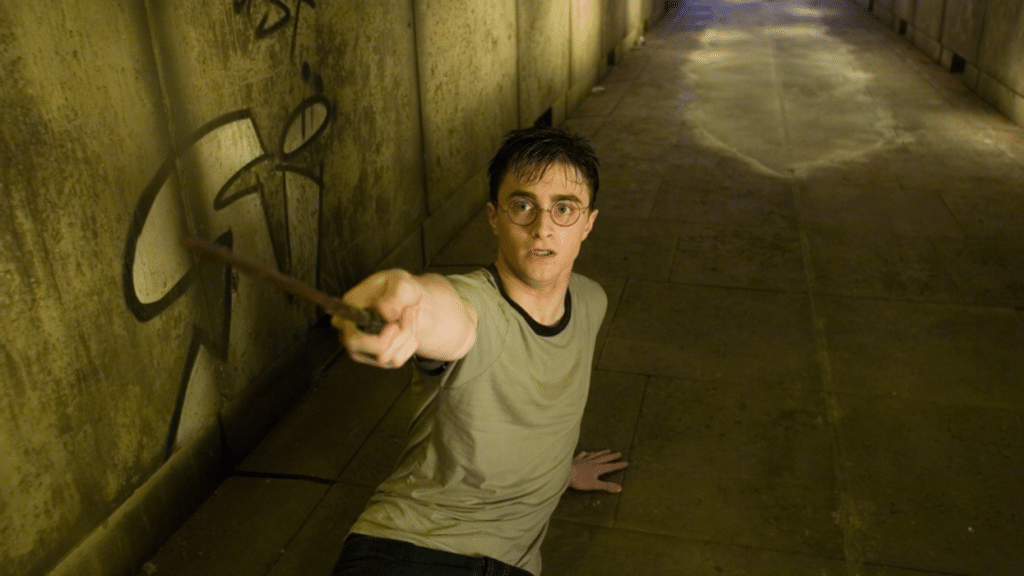
Low Medium Shot
A low angle can add authority and dominance. This shot from Steve Yedlin in Knives Out (2019) shows detective Benoit Blanc (Daniel Craig) looking down at a clue, highlighting his conviction and expertise, while maintaining the countryside setting and context.
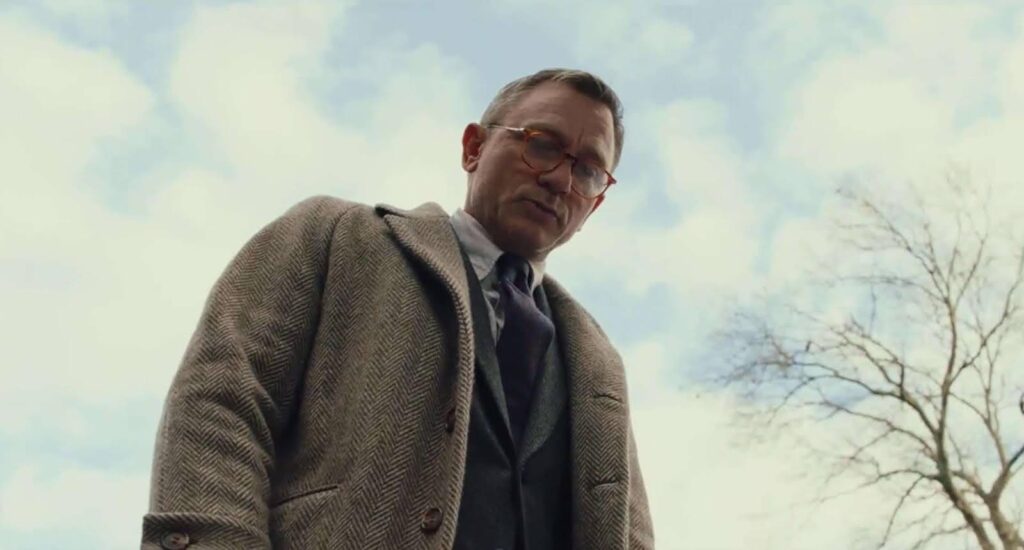
Neutral Medium Shot
A neutral angle (at eye level) provides a natural and relatable perspective for the audience. Take this shot from The Hunger Games (2012) from Tom Stern. Katniss (Jennifer Lawrence) is hunting, neither in a position of authority nor vulnerability. It’s a level playing field.
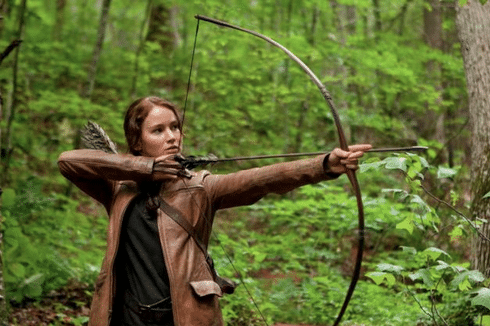
We clearly see the concentration and determination on her face, as well as the dense forest around her. It obscures her sight but also hides her from any potential threats.
5. Lighting Considerations
Proper lighting enhances the depth and mood of a camera shot. Three-point lighting (key, fill, and backlight) is a common setup for ensuring a well-balanced medium shot, while natural light can be used for a more organic and realistic feel.
Soft lighting creates a flattering look, while harsh lighting can add drama or intensity. Whichever tone you’re going for, you’re sure to find the perfect accompanying lighting setup.
Check out our one-stop Movie Lighting Guide for all you need to know about lighting your next movie!
Medium Shots vs. Other Camera Shots
Now we’ve turned medium shots inside out, let’s look at how they compare to other shot types and help us make strategic framing decisions for our scenes.
It’s time for the film shot showdown!
Medium Shots vs. Close-Up Shots
A close-up focuses on facial details, emphasizing emotions and expressions, like this example from Iron Man (2008).

The difference between a close up shot and a medium shot is that a medium shot includes body language and an insight into the environment.
Medium Shots vs. Wide Shot
A wide shot emphasizes scale and context by capturing more of the surroundings just like this shot from North by Northwest (1959).
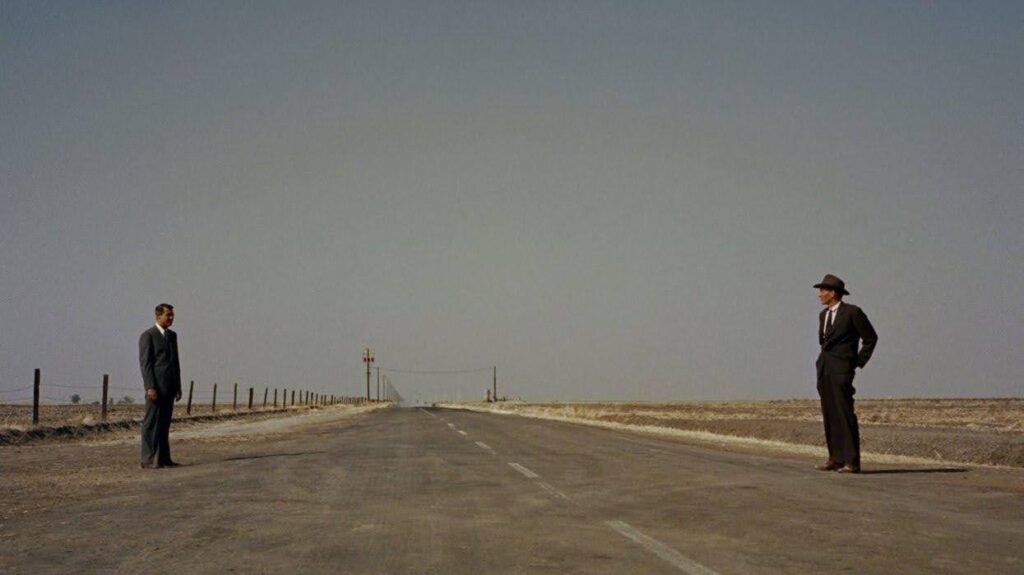
In contrast a medium shot balances intimacy and background.
Related Celtx Article: Production Primer: The Tracking Shot
Medium Shot vs. Over-the-Shoulder Shot
An over-the-shoulder shot (OTS) adds perspective to a conversation by including part of another character in the foreground, just like in this moment from Titanic (1997).
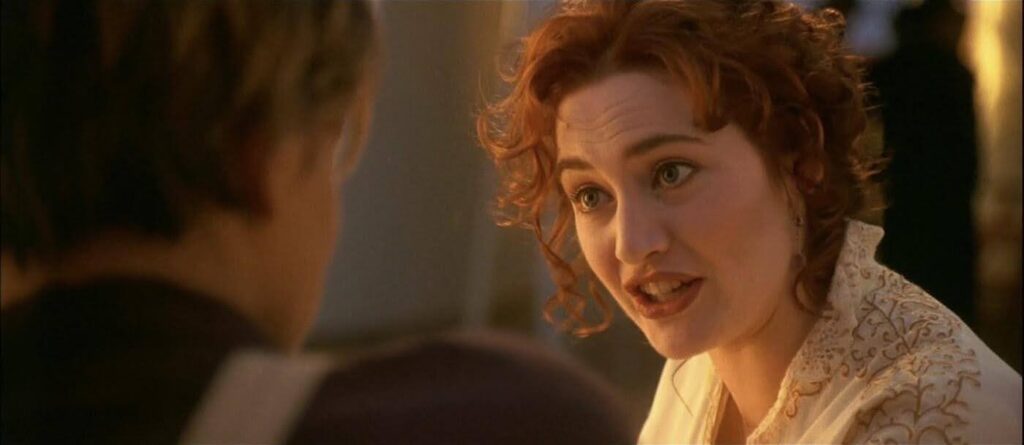
On the other hand, a standard medium shot will keep both participants equally framed.
With Celtx’s storyboard tool, you can map out your shots, select shot types, add notes, and even upload reference images to see your vision take shape.
Start storyboarding now!
Best Practices for Writing Medium Shots into Your Script
While a cinematographer will take the reins when it comes to composing movie shots, it’s crucial that we screenwriters are fully aware of how we see our scenes playing out visually.
Ours is the first piece of work produced – a blueprint for other members of the crew including the director and cinematographer, to refer to and work from to bring the overall vision to life. It’s from the script that the storyboard, and ultimately the finished product will be created.
So, knowing how frames are composed and blocked is something that can really help when writing a screenplay.
While we want to avoid excessive camera directions, we do need to provide visual guidance where necessary. How do we do that? Keep on reading:
Use Action Descriptions
Instead of plainly writing:
Medium shot on John.
Describe what the character is doing:
John adjusts his tie, his fingers trembling. The clock strikes 12.
Here, you’ll notice that we’ve focused on John’s actions and his trembling fingers to direct the camera towards them, as well as providing a snippet of environmental context. However, we haven’t used specific camera directions to allow the director and cinematographer creative freedom.
Consider the Emotional Impact of the Camera Shot
If a scene requires both emotion and setting, you could subtly imply a medium shot. For example:
Sarah glances at the empty chair across from her, forcing a smile.
We clearly see Sarah’s emotional state here, with, just like the previous example, an insight into her surroundings.
Balance with Other Camera Shots
Medium shots work best in combination with close-ups and wide shots.
Try structuring your script to allow for a dynamic visual flow by shifting perspectives. For instance, start a scene with a medium shot to establish a character in their surroundings before transitioning to a close-up for emotional intensity. Finally, pull back to a wide shot to contextualize the moment within the larger scene.
The challenge is, you can’t use the formal names for the shots, instead focusing on action descriptions and emotional weight to tell the story.
Conclusion
The medium shot is an essential cinematographic tool for filmmakers, providing the perfect blend of intimacy and context. Whether you’re a filmmaker aiming for compelling visuals or a screenwriter crafting vivid descriptions, understanding how to use medium shots effectively can elevate your storytelling.
By studying examples from film and television, practicing framing techniques, and writing with visual intent, you’ll be well on your way to mastering the medium shot. Now that you know what a medium shot is and how it’s used in film, grab your camera (or screenplay) and start experimenting with this powerful shot type!
Up Next:

How to Plan and Shoot a Tracking Shot
Medium shots capture your characters — but tracking shots capture their movement. Learn how to follow the action and keep your audience immersed in the story.
